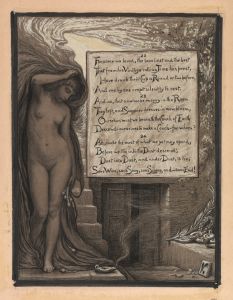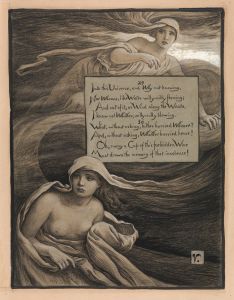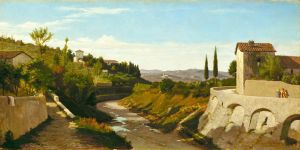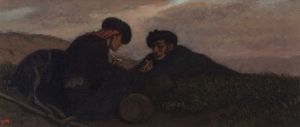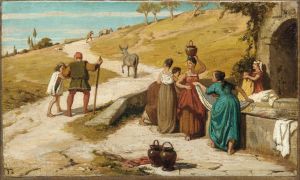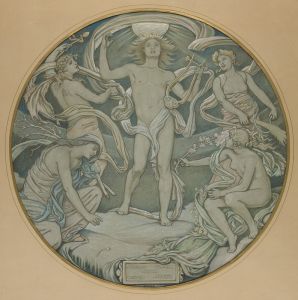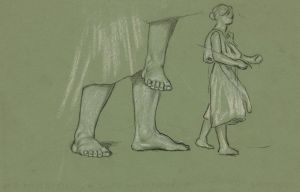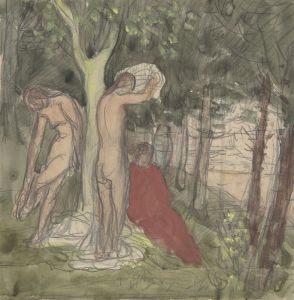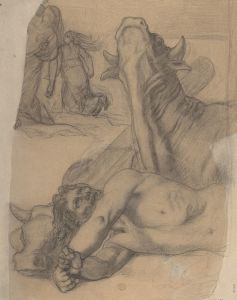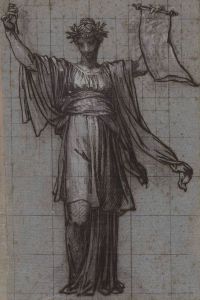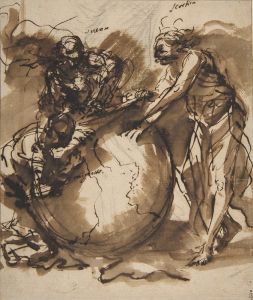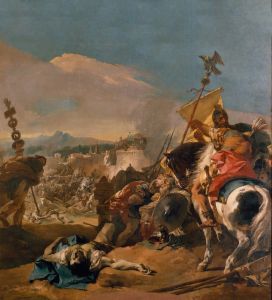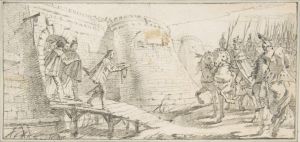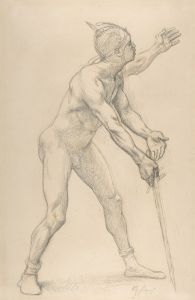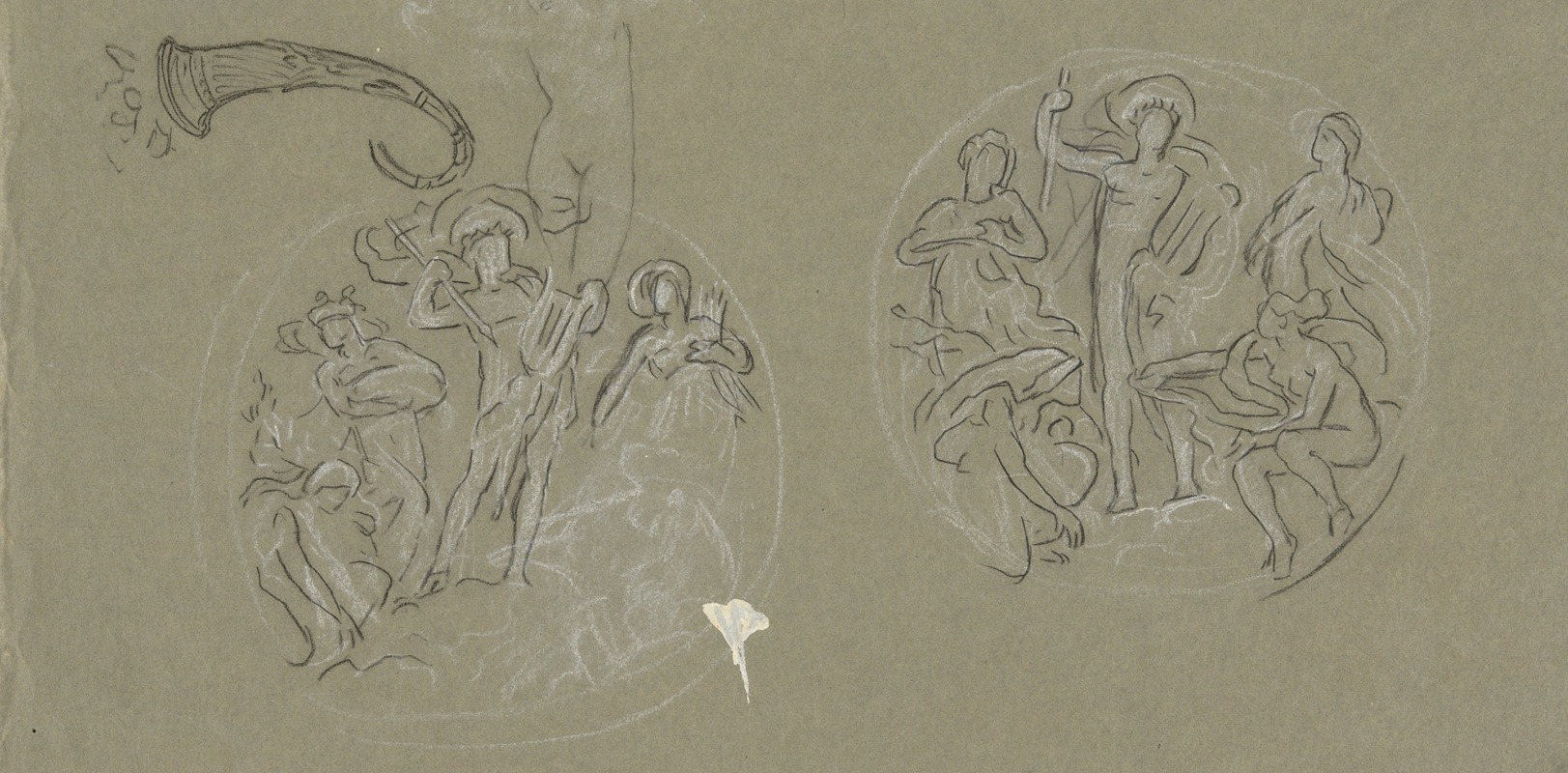
Sheet of studies for Huntington Ceiling
A hand-painted replica of Elihu Vedder’s masterpiece Sheet of studies for Huntington Ceiling, meticulously crafted by professional artists to capture the true essence of the original. Each piece is created with museum-quality canvas and rare mineral pigments, carefully painted by experienced artists with delicate brushstrokes and rich, layered colors to perfectly recreate the texture of the original artwork. Unlike machine-printed reproductions, this hand-painted version brings the painting to life, infused with the artist’s emotions and skill in every stroke. Whether for personal collection or home decoration, it instantly elevates the artistic atmosphere of any space.
Elihu Vedder was an American symbolist painter, born in 1836 and known for his allegorical works and association with the American Renaissance movement. One of his notable projects was the creation of the ceiling mural for the Thomas Jefferson Building of the Library of Congress in Washington, D.C., which opened in 1897. The "Sheet of Studies for Huntington Ceiling" is a preparatory work by Vedder for this significant commission.
The ceiling mural, often referred to as the "Huntington Ceiling," was named after Collis Potter Huntington, a prominent railroad magnate and philanthropist who funded the project. Vedder's work on the ceiling was part of a larger effort to decorate the Library of Congress with art that reflected the intellectual and cultural aspirations of the United States at the turn of the 20th century.
Vedder's preparatory sheet of studies showcases his process of developing the final design for the ceiling. These studies typically include sketches and compositional experiments that help the artist refine his ideas before executing the full-scale mural. Such sheets are valuable for understanding the artist's creative process and the evolution of his ideas.
The Huntington Ceiling itself is a complex allegorical work that embodies themes of knowledge, wisdom, and the progress of civilization. Vedder's design includes a series of panels and figures that represent various intellectual disciplines and cultural achievements. The ceiling is a testament to Vedder's skill in integrating symbolism with architectural space, creating a visually and intellectually engaging experience for viewers.
Elihu Vedder's work on the Library of Congress ceiling is considered one of his masterpieces and a significant contribution to American art. It reflects the broader cultural and artistic movements of the time, which sought to express the ideals of the American Renaissance through grand and meaningful public art.
The "Sheet of Studies for Huntington Ceiling" is an important artifact that provides insight into Vedder's artistic process. It is likely housed in a collection that preserves the preparatory works and sketches of artists involved in major public commissions. Such sheets are often studied by art historians and scholars to gain a deeper understanding of the artist's methods and the historical context of the work.
Vedder's contribution to the Library of Congress and his broader body of work continue to be appreciated for their symbolic depth and artistic innovation. His ability to convey complex ideas through allegory and his mastery of mural painting have secured his place in the history of American art.





